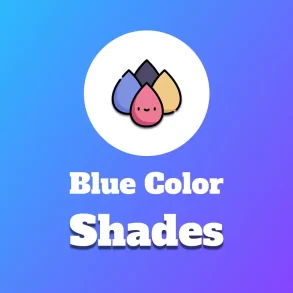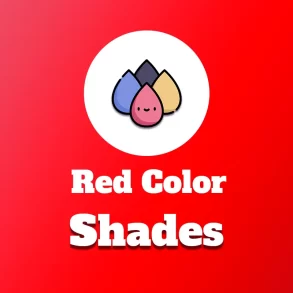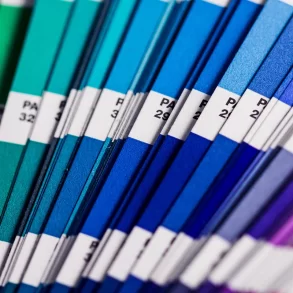Have you ever wondered what happens when you mix the colors red and green together? It’s a question that has puzzled artists, designers, and color enthusiasts for centuries. Red and green seem like opposites – red is warm and fiery, while green is cool and earthy. But when you combine them, the result is actually quite fascinating.
This blog post will show how red and green combine to create a new color, using real-world examples. Whether you’re an artist, a DIY crafter, or just curious about color, you’ll find this information interesting and helpful.
So, what color does red and green make? Join us as we explore this captivating topic further.
What is Color Theory? Exploring Color Mixing Theory
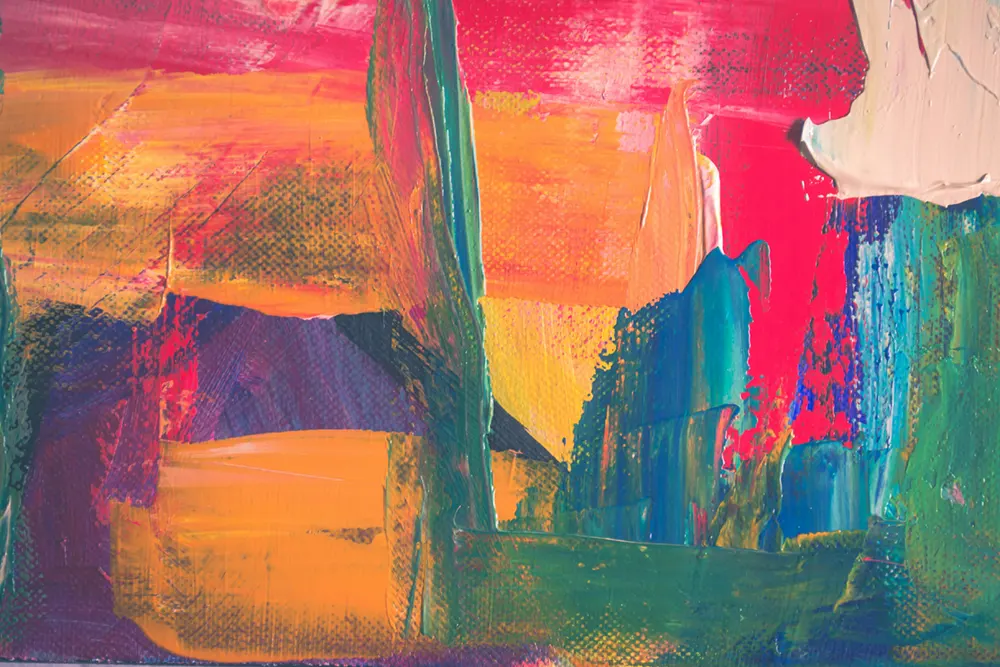
Before we get into the specifics of the red and green blend, it’s important to have a basic understanding of color theory. Color theory is the study of how colors interact with one another and the principles that govern those interactions.
To understand what happens when red and green are combined, it’s important to first grasp the principles of color mixing. There are two main types of color mixing: additive and subtractive.
New Color Shades With Name That Will Make You Look TwiceAdditive color mixing happens when different light wavelengths are combined, like in digital displays or stage lighting. In this model, the primary colors are red, green, and blue. When these three colors are combined in equal amounts, they create white light. Subtractive color mixing happens when pigments or filters absorb or reflect different light wavelengths. It can be seen in paints, inks, and filters. The primary colors in the subtractive model are cyan, magenta, and yellow.
The color wheel is a crucial tool in understanding color relationships and interactions. It shows the placement of primary, secondary, and tertiary colors in a circular arrangement. Red and green are considered complementary colors, as they are located opposite each other on the color wheel. Complementary colors are known for their dynamic contrast and the unique hues they create when combined.
What Happens When Red and Green Combine?
Now, let’s focus on the specific combination of red and green. People consider these two colors complementary on the color wheel because they are opposite each other. When someone mixes complementary colors together, they produce a neutral or “muddy” color.
144 Different Shades Of The Color Blue With Their HEX CodesIn the case of red and green, the resulting color is brown. Mixing red and green creates a neutral tone because they are both primary colors that cancel each other out.
The brown color from mixing red and green varies based on the specific shades. Mixing warm red with cool green makes reddish-brown. Using muted red with yellow-based green makes it yellowish-brown.
If you’re curious about how different hues interact or wish to explore more about the variety in colors, you might find The Color of Blue Shades interesting, detailing various shades of blue and their unique characteristics.
The Basics of Red and Green
Red and green are two of the three primary colors in the additive color model, along with blue. In the RGB color system for digital displays, red is (255, 0, 0) and green is (0, 255, 0). These two colors are often associated with distinct meanings and symbolism.
Red is a bold, vibrant color that is often linked to passion, energy, and power. It can evoke feelings of excitement, danger, or urgency. In many cultures, red is associated with love, fertility, and good luck. Green, on the other hand, is often seen as a calming, natural color that represents growth, harmony, and renewal. It is the color of lush foliage, fresh grass, and soothing environments.
The Color Wheel and Opposing Colors
The color wheel is a visual representation of the relationships between different colors. It is a powerful tool for understanding color theory and the interactions between hues. Red and green are considered opposing colors on the color wheel, as they are located directly across from each other.
When complementary colors like red and green are combined, they create a striking visual effect. The contrast between these opposing hues can be both visually striking and psychologically impactful. Red and green are often used together in design, art, and culture to convey energy, tension, or balance.
The placement of red and green on the color wheel also reveals their unique properties. Red is considered a warm color, while green is a cool color. This contrast in temperature can further enhance the dynamic interplay between the two hues.
Real-World Examples of the Red and Green Blend
The combination of red and green can be found in various real-life applications and cultural contexts. These colors are commonly used in holiday decorations and lighting, like Christmas trees, wreaths, and lights. Red and green colors are used in celebrations and have cultural significance.
In design and art, red and green colors are often used to achieve balance, harmony, and visual interest. Designers may use these complementary colors to draw the viewer’s attention, create focal points, or evoke specific emotional responses. The red-green combination is often used in logos, branding, and product design to represent energy, creativity, or environmental awareness.
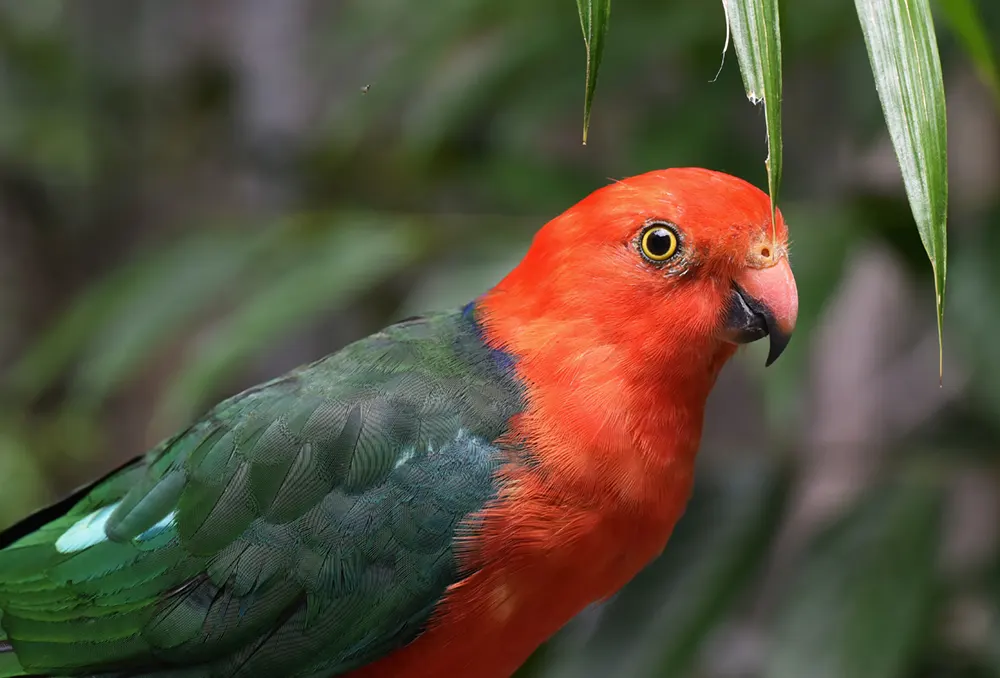
It might surprise you to learn that the blend of red and green is quite common in the natural world and in various human-made creations. Here are a few examples:
Nature
- Autumn leaves: As leaves change color in the fall, the combination of red and green pigments can create beautiful shades of brown.
- Certain flowers and plants: Some flowers, like dahlias and some types of roses, can exhibit a natural blend of red and green hues.
- Camouflage patterns: Many animals, such as deer and insects, have evolved camouflage patterns that utilize the red and green blend to blend in with their surroundings.
Art and Design
- Artwork: Some artists deliberately use the red and green blend to create unique, earthy tones in their paintings and drawings.
- Textiles and fashion: Designers often incorporate the red and green blend into fabrics, patterns, and clothing designs, particularly in the fall and winter seasons.
- Home decor: Various home decor items, such as throw pillows, rugs, and wall art, feature the red and green blend.
The Psychology of the Red and Green Blend
The combination of red and green can also have interesting psychological and emotional effects on viewers and users. Here are a few insights:
Warmth and Comfort
The red and green blend can evoke a sense of warmth and comfort, particularly when used in home decor or holiday-themed designs. The earthy, natural tones can create a cozy and inviting atmosphere. If you’re interested in exploring more about red hues, check out 50 Shades of Red.
Nostalgia and Tradition
Many people closely associate the red and green blend with the holiday season, and it evokes feelings of nostalgia and tradition for them. Designers often use this color combination in Christmas decorations, wrapping paper, and other festive designs.
Grounding and Stability
People can also perceive the neutral, grounding tones of the red and green blend as stable, reliable, and down-to-earth. This can make the color combination appealing in more professional or institutional settings, such as in corporate branding or educational materials.
Practical Applications of the Red and Green Blend
Understanding the science behind the combination of red and green light can have practical applications in various fields. For designers, artists, and visual communicators, this knowledge can inform their color choices and help them create more effective and impactful visual compositions.
By understanding the principles of additive color mixing and the unique properties of complementary colors, designers can strategically use the red-green combination to achieve specific design goals. This might include creating a sense of vibrancy, drawing attention to key elements, or evoking particular emotional responses in the viewer.
While the red and green blend may not be the most vibrant or eye-catching color combination, it does have several practical applications:
Camouflage
Earlier, I mentioned that camouflage patterns often use the natural blending of red and green hues to help conceal objects or individuals in outdoor environments.
Packaging and Branding
The earthy, natural tones of the red and green blend effectively enhance packaging and branding for products marketed as organic, eco-friendly, or rustic.
Interior Design
The red and green blend can be a great choice for creating a warm, cozy, and inviting atmosphere in interior spaces, such as living rooms, dining rooms, or even bedrooms.
Common Misconceptions
Despite the scientific understanding of color mixing, there are still some common misconceptions about what happens when red and green are combined. One of the most prevalent myths is that the combination of these two colors will result in a brown or muddy hue.
This misconception likely stems from the subtractive color mixing that occurs with physical pigments, such as paints or inks. In the subtractive model, the combination of red and green pigments would indeed create a brownish or grayish color, as the pigments would absorb and reflect different wavelengths of light.
However, in the additive color mixing that occurs with light, the combination of red and green light creates the perception of yellow light. This is because the human eye and brain process the overlapping wavelengths of red and green light as a new color, rather than a physical mixture of pigments.
It’s important to distinguish between the additive and subtractive color mixing processes to avoid these types of misconceptions and to better understand the true nature of color interactions.
Conclusion
The combination of red and green light is a fascinating topic that reveals the intricate workings of the human visual system and the principles of color theory. By understanding the science behind this color interaction, we can gain a deeper appreciation for the complexity and beauty of the world around us.
Whether you’re a designer, an artist, a scientist, or simply someone with a curious mind, exploring the interplay of red and green can open up a whole new realm of understanding and creative possibilities. Next time you see red and green together, take a moment to appreciate the science behind it and think about how you can use this knowledge in your own projects.
What other color combinations intrigue you, and what insights might they hold about the nature of light and perception? I encourage you to continue exploring the captivating world of color and to share your findings with others. Who knows what new discoveries and creative applications might arise from your curiosity and exploration.



